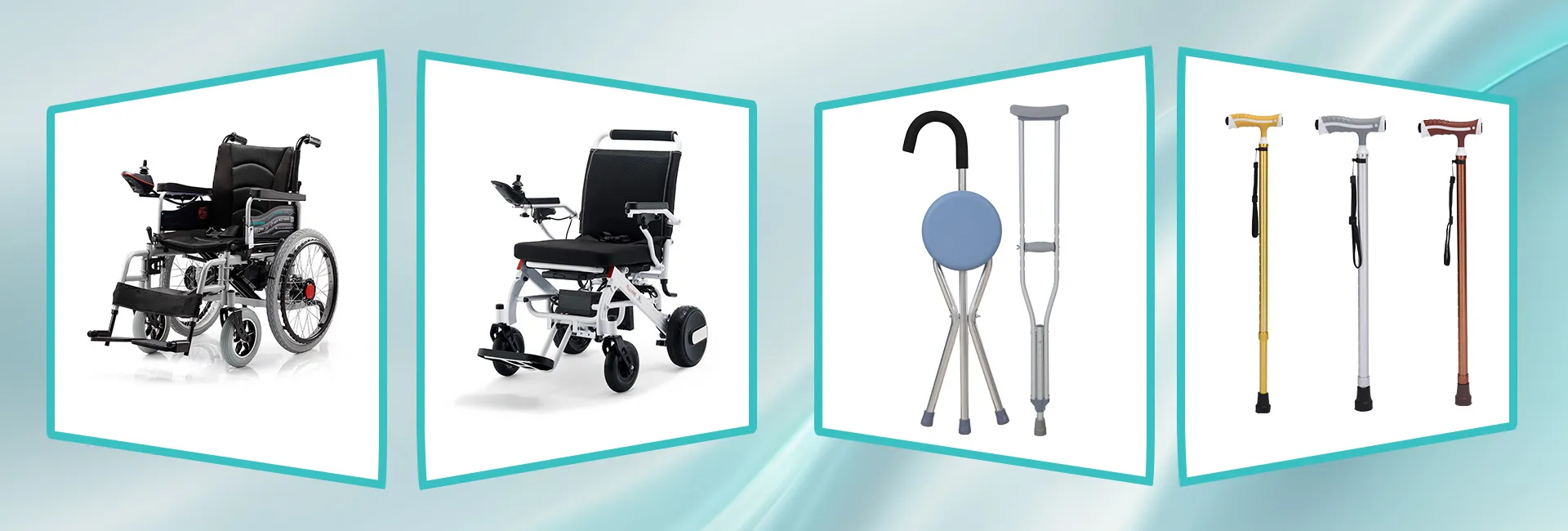Welcome to our websites!
Ergonomic Stools for Enhanced Comfort in Operating Room Environments
The Importance of Ergonomics in Operating Theatre Stools
In the fast-paced world of surgery, every detail counts, from the instruments surgeons use to the comfort and support of the seating they rely on during lengthy procedures. Operating theatre stools may seem like a minor aspect of a surgical environment, but they play a pivotal role in ensuring both medical staff well-being and optimal patient care. This article explores the importance of ergonomics in designing operating theatre stools, the various types available, and their impact on surgical outcomes.
Ergonomic Design A Crucial Consideration
Ergonomics is the science of designing tools and environments that fit the user, minimizing discomfort and maximizing efficiency. In the context of operating theatres, ergonomic stools are crucial for several reasons. Surgeons and nurses often spend long hours standing or sitting during procedures, which can lead to physical strain, fatigue, and even long-term musculoskeletal disorders. An ergonomic stool can help alleviate some of these issues by providing proper support for the spine, promoting good posture, and allowing for ease of movement.
The design of an ergonomic operating theatre stool typically features adjustable height levels, contoured seats, and lumbar support. These features enable medical professionals to customize their seating position according to their body type and the nature of the surgery they are performing. The ability to adjust the height allows surgeons to maintain an optimal working position while keeping their focus on the patient, thereby improving precision and reducing the risk of errors.
Types of Operating Theatre Stools
There is a variety of operating theatre stools available, each designed to meet specific needs. Some key types include
1. Basic Stools These stools provide minimal features but offer necessary mobility and height adjustability. They are suitable for shorter procedures where the medical staff does not require extensive support.
operating theatre stools

2. Foot Ring Stools Equipped with a circular footrest, these stools allow users to rest their feet while seated and promote better posture. The foot ring helps reduce pressure on the legs and encourages blood circulation.
3. Tilt and Rotate Stools For surgeries that require frequent repositioning or adjustments, tilt and rotate stools can be particularly helpful. These stools allow for smooth rotation and tilting, enabling medical professionals to reach different angles without straining their backs.
4. Sit-Stand Stools These innovative stools are designed to offer support while promoting an active sitting position. They encourage users to alternate between standing and sitting, which can help reduce fatigue during long procedures.
Impact on Surgical Outcomes
The impact of ergonomic operating theatre stools extends beyond just comfort; it significantly influences surgical outcomes. When medical personnel are comfortable and properly supported, they are more likely to maintain their focus and concentration throughout the procedure. This heightened attention to detail can lead to improved surgical precision, reduced complication rates, and faster recovery times for patients.
Furthermore, the well-being of medical staff is essential for fostering a positive working environment and reducing burnout. Ensuring that surgeons and nurses have access to ergonomic seating can lead to increased job satisfaction, lower turnover rates, and ultimately, better patient care.
Conclusion
Operating theatre stools may be an often-overlooked element in the surgical environment, but their importance cannot be understated. Investing in ergonomic designs not only supports the health and well-being of surgeons and nurses but also enhances the quality of patient care and surgical outcomes. As the medical field continues to evolve, prioritizing ergonomics in all aspects of the operating theatre—especially in the design of stools—will be essential for fostering an efficient, comfortable, and successful surgical experience. In a field where every detail matters, the humble operating theatre stool deserves more attention for the critical role it plays.
-
Transforming Healthcare with Hospital FurnitureNewsJun.24,2025
-
Rehabilitation EquipmentNewsJun.24,2025
-
Mobility and Independence with WheelchairsNewsJun.24,2025
-
Freedom of Mobility with Our Rollator WalkersNewsJun.24,2025
-
Comfort and Independence with Commode ChairsNewsJun.24,2025
-
Bathing Safety and Independence with Shower ChairsNewsJun.24,2025
-
Navigating the Wholesale Landscape of Electric Mobility Solutions: Key Considerations for Power Wheelchair DealersNewsJun.10,2025











